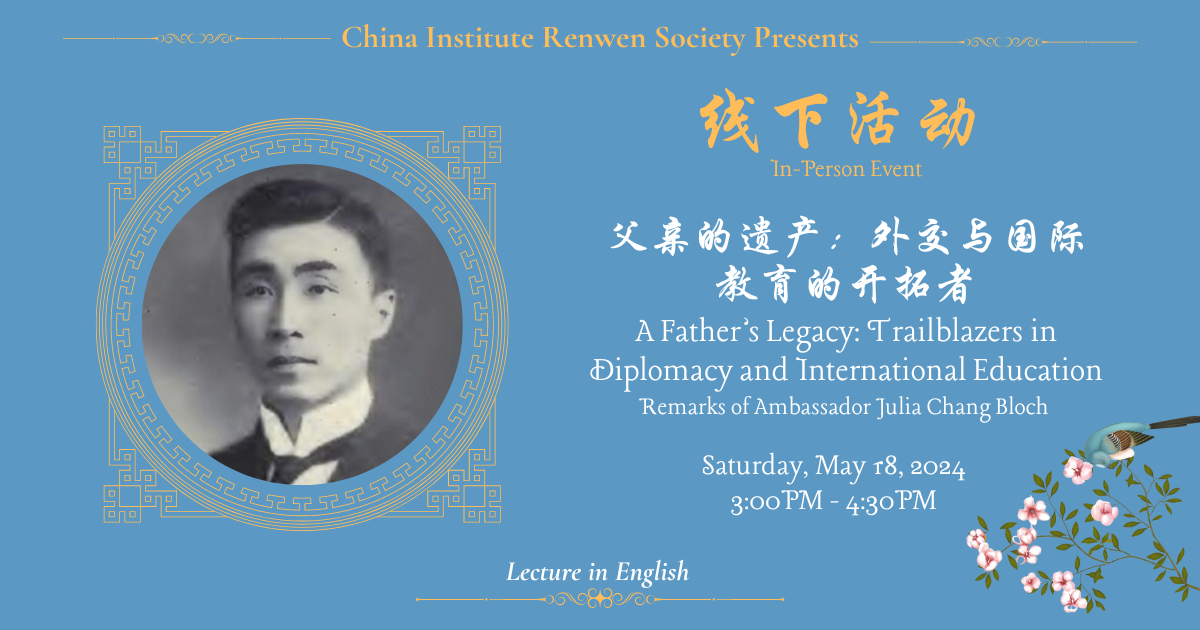
“Silk Road” is a term used by European scholars in the 19th century to describe the ancient commercial trade network and political, military, and diplomatic channels. Originally a common natural trade network, some major historical events later provided official guarantees and convenient conditions for these private trade routes, which were expanded into the official Silk Road. These events include 1) the Macedonian-Greek King Alexander the Great’s Campaign in the East in 330-323 BCE; 2) the Chinese Emperor Han Wudi’s western region expansion; and 3) the Buddhism spread eastward from Nepal and India.
“Hellenism,” or “Hellenization,” is a term of a historical period and cultural phenomenon proposed by European scholars in the 19th century. It mainly refers to the specific historical period and the phenomenon of Greek cultural dissemination between the death of Alexander and the rise of the Roman Empire. The region includes the Mediterranean coast to West Asia, Central Asia and northern India. Because the Macedonian-Greek Kingdoms had ruled over such a large area for more than two hundred years, Greek immigrants and Greek culture had melted into and penetrated the cultures of many different cultural regions. Originated from the Hexi Corridor in Gansu Province, the Da Yuezhi (nomadic pastoralists during the 1st millennium BC) established the Kushan Dynasty after moving westward to Bactria (now Afghanistan), and subsequently adopted the Greek language and the Greek alphabet for the local language as well. The Kushans almost completely inherited the art tradition of the Hellenistic period. It is from the following two ways that we see the impact of the Hellenization: one is from direct migration and trade, and the other is a diffusion and integration of the Greek culture into many other cultures.
The Renwen Society at China Institute presents a lecture by Prof. Zhang He, an expert on the Silk Road art research, on May 13, 2023. She will share with the audience her research findings based on recent archaeological discoveries. The specific topics to be covered in the lecture include:
“丝绸之路”是19世纪欧洲学者用来描述古代欧亚之间商业贸易网络和政治、军事、外交通道的术语。它本是民间自然形成的物物交换的商路,由无数大小城市、村镇及驿站组成。后来一些历史大事件的发生则为这些民间商路提供了官方保障和通行的便利条件,同时也扩大了官方通商、进贡、外交的通道。相关的历史大事件有:一,公元前330-323年的马其顿-希腊国王亚历山大大帝的东征;二,中国的汉武帝刘彻向西域扩张并委任张骞出使西域(前138-126年);三,佛教自尼泊尔和印度的东传。
“希腊化”也是19世纪欧洲学者提出的一个历史时期和文化现象的名词。主要是指从亚历山大逝世到罗马帝国崛起之间的特定历史时期和希腊文化传播现象。该地区包括地中海沿岸至西亚、中亚和印度北部。由于马其顿-希腊王国统治了如此广阔的地区长达两百多年,希腊移民和希腊文化融合并渗透到许多不同文化区域的文化中。源于甘肃河西走廊的大月氏,在西迁至葱岭以西的巴克特里亚(今阿富汗)后,在原希腊化王国的基础上建立了贵霜王朝,并同时采用了希腊文和用希腊字母书写的当地语言,艺术形式也几乎完全继承了希腊化时期的传统。正是从这两个方面,我们看到了希腊化的影响:一是来自直接移民和贸易,另一是希腊文化跟许多其他文化的传播和融合。

自19世纪以来,对丝路的各类研究已经不计其数。然近年来一些新的考古发现则又为这一领域增添了新的物质素材和研究课题。笔者从艺术史和物质文化的角度结合近期的考古发现,对丝绸之路上的文化交流与融合现象进行了一些研究,愿意在此与华语读者分享和交流其中的部分成果。
华美人文学会邀请丝绸之路艺术研究专家张禾教授于美东时间2023年5月13日晚8时至9时半(北京时间5月14日上午8时至9时半)做“丝绸之路上的希腊化艺术”专题讲座,她在讲座中将讨论如下话题:

Zhang He holds a BA in English and Literature from Xinjiang University, an MA in Western art history from the China National Academy of Arts, an MA in art history from the University of Cincinnati, and a Ph.D. in art history from the University of Texas. She had been a researcher at the Institute of Foreign Literature and Art of the China National Academy of Arts and is currently a professor of art history at William Paterson University in the US. The courses she teaches include The Survey of Art History, History of Asian Art, History of Ancient American Art, and Art of the Silk Road. Her research fields cover ancient Olmec and Mayan art and writing, and Silk Road culture and art. In recent years, she has focused her studies on the art and textiles in Central Asia and the Western Regions of China on the Silk Road. She has won the Fulbright Scholar Award twice and the National Endowments for the Humanities Awards several times. Prof. Zhang has published multiple academic papers and curated several art exhibitions.
主讲人张禾,新疆大学英语及文学学士,中国艺术研究院西方艺术史硕士,美国辛辛那提大学艺术史硕士,美国德克萨斯大学艺术史博士。曾任中国艺术研究院外国文艺研究所研究人员;现任美国威廉帕特森大学艺术史教授。主要教授课程:美术通史,亚洲美术史,古代美洲艺术史,丝绸之路艺术。研究领域:古代奥尔梅克和玛雅艺术及文字,丝绸之路文化艺术。近年侧重丝绸之路中亚和西域段的艺术和纺织品的研究。两次荣获美国富尔布莱德学者研究奖,多次荣获美国国家人文学科研究基金奖。出版多篇学术论文并策划多次艺术展览。业余喜欢写文艺随笔。
